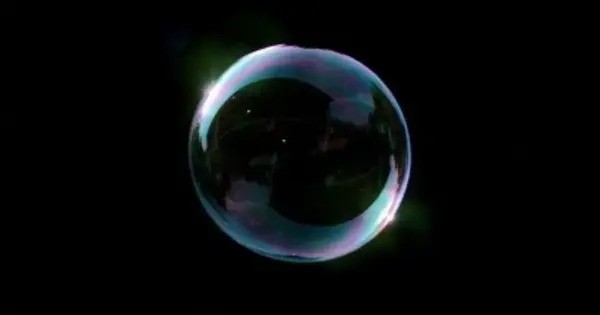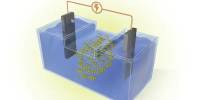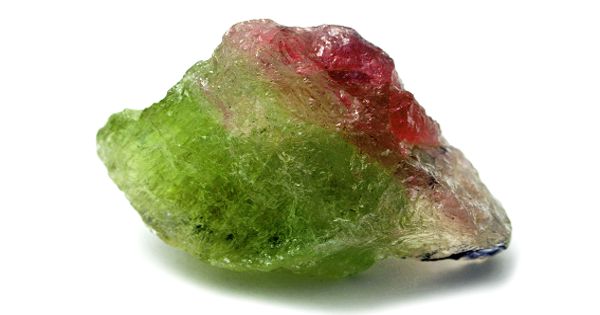Studying bubbles has the potential to improve the efficiency of biofuel motors, particularly in terms of understanding cavitation. Cavitation is the formation and collapse of bubbles within a liquid as a result of pressure fluctuations, which can occur in biofuel engines.
Researchers at the University of Gothenburg are examining how bubbles form in a drop of biodiesel to help future engines extract the maximum energy out of the fuel. To optimize combustion in an internal combustion engine, gasoline is delivered in minute droplets using injection valves.
In the engine, the fuel droplets are pressurised to turn into gas and burn. When gas is formed, bubbles form inside the droplets and it is these that the researchers at the University of Gothenburg have studied using femtosecond lasers.
The bubbles have a significant impact on the atomisation of biodiesel in engines. Therefore, our research is very important to address fundamental questions about the efficiency of the biodiesel engine.
Dr. Yogeshwar Nath Mishra
Less emission
“The bubbles have a significant impact on the atomisation of biodiesel in engines. Therefore, our research is very important to address fundamental questions about the efficiency of the biodiesel engine,” says Dr. Yogeshwar Nath Mishra, who led the study at the University of Gothenburg together with Professor Dag Hanstorp.
Researchers are trying to figure out how and when the bubbles originate in the fuel droplets. In the long run, this understanding could lead to the construction of a more efficient engine that consumes more gasoline than current engines, resulting in lower environmental emissions.
“Biodiesel research is critical in our efforts to move away from fossil fuels and address climate change. Dr. Yogeshwar Nath Mishra explains that bubbling in engines impacts fuel combustion and contributes to the creation of bigger droplets that do not evaporate and burn entirely, resulting in higher emissions.

The droplet is levitated acoustically
Studying bubble formation in engine injection valves is difficult because of their structure, with narrow channels in metal bodies. But with the latest technology, physicists can set up an experiment in the lab that allows them to study the process in a millimetre-sized drop of biodiesel. First, a fuel droplet is levitated, i.e. trapped in the air, using a standing sound wave.
“We then energise the droplet with our femtosecond laser, which focuses light energy at a point inside the droplet for a very short time, 100 femtoseconds, 10-13 seconds. This forms the gas bubbles, the number, growth and fine distribution of which are studied using a high-speed camera,” explains Dag Hanstorp, Professor of Physics at the University of Gothenburg.
Many applications
The findings, published in Nature Scientific Reports, provide important insights into the mechanism of bubble creation, which will aid in the development of more efficient fuels and combustion engines.
“Bubble creation is significant in sectors such as chemical engineering (carbonated drinks), ultrasonic imaging, boiling processes for heat transmission, and activities such as gas release from water bodies and cloud formation. However, what we have accomplished is basic research. “There is still a lot of work to be done before it can be used,” explains Dag Hanstorp.
















